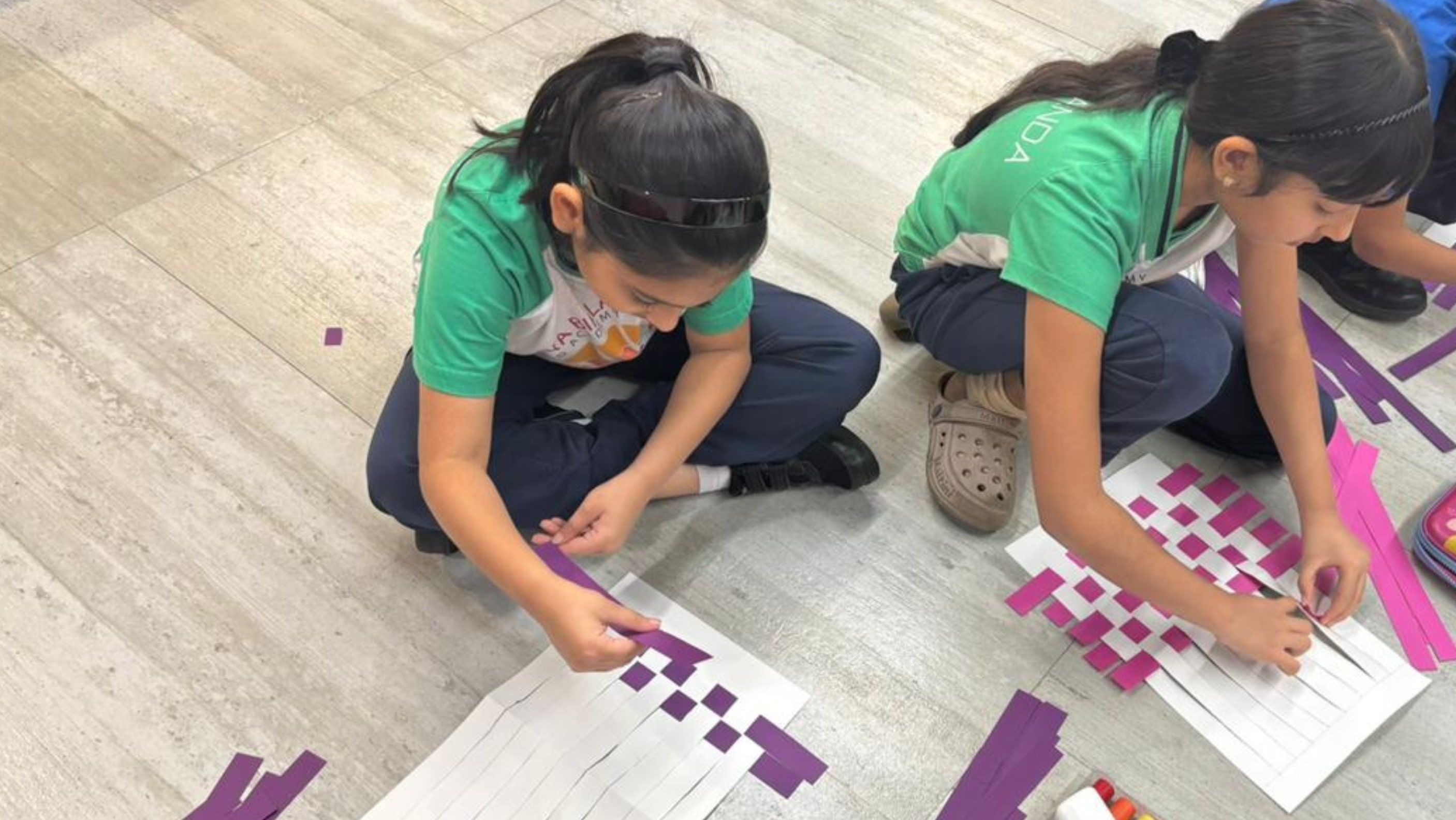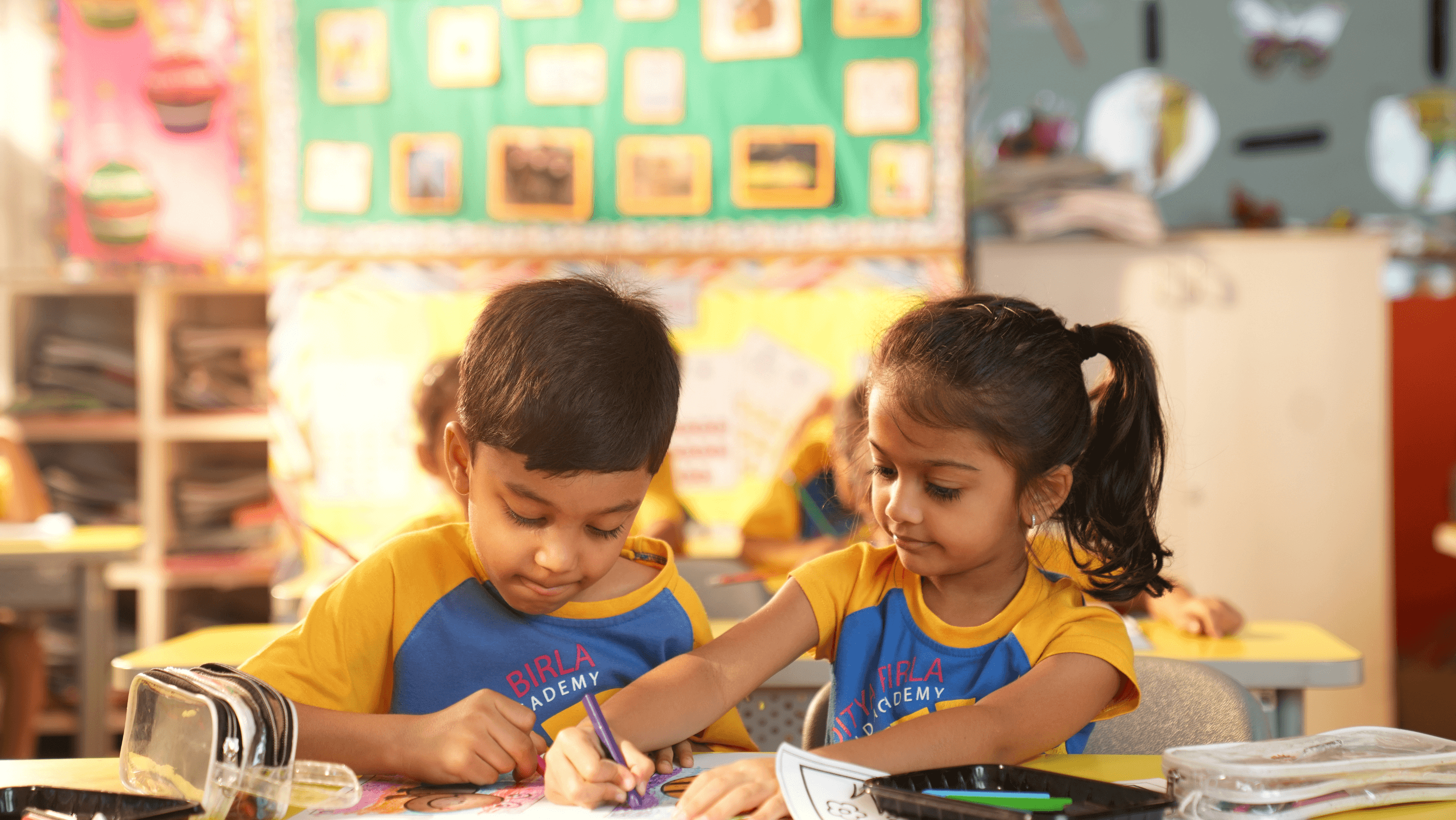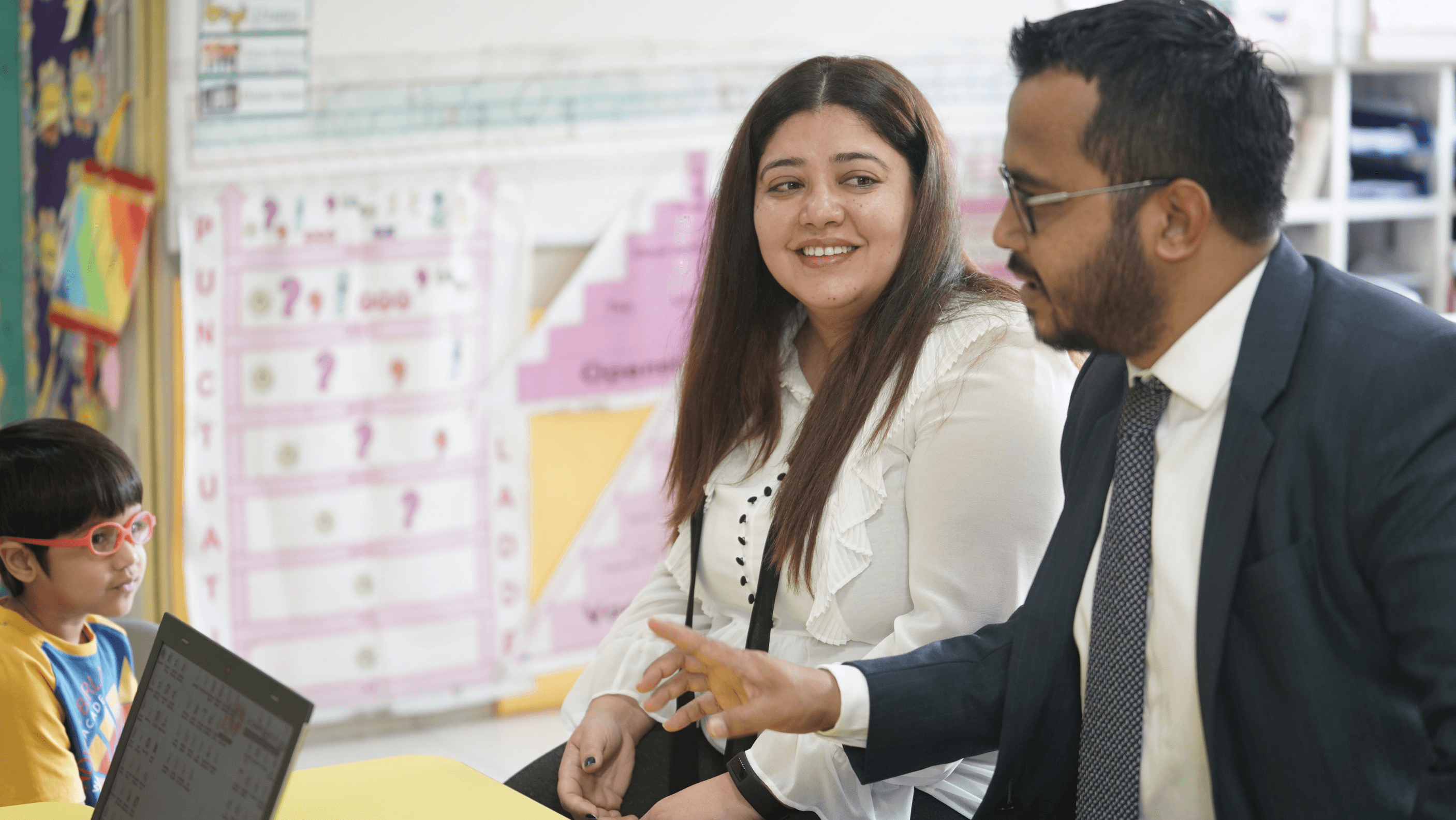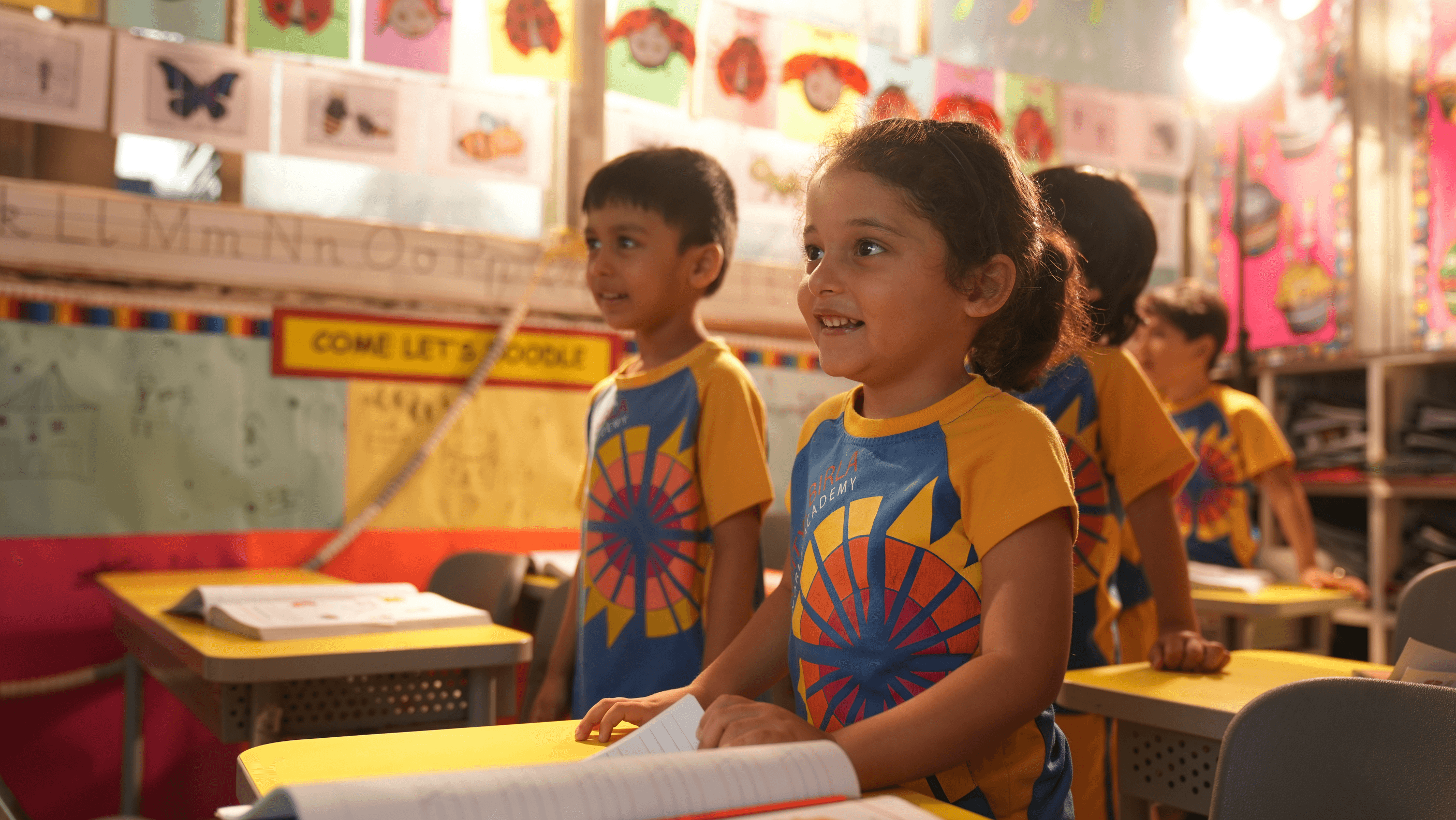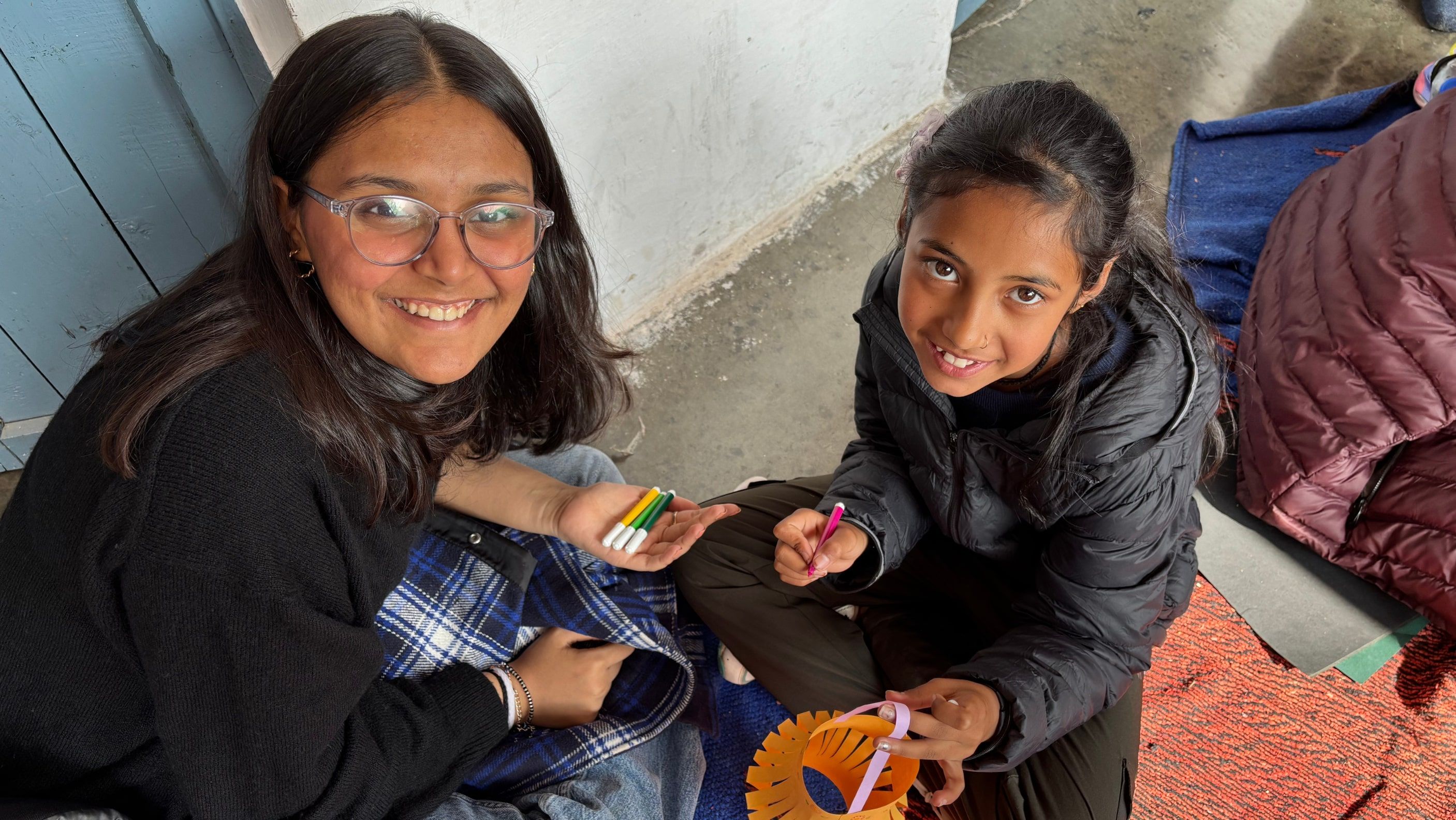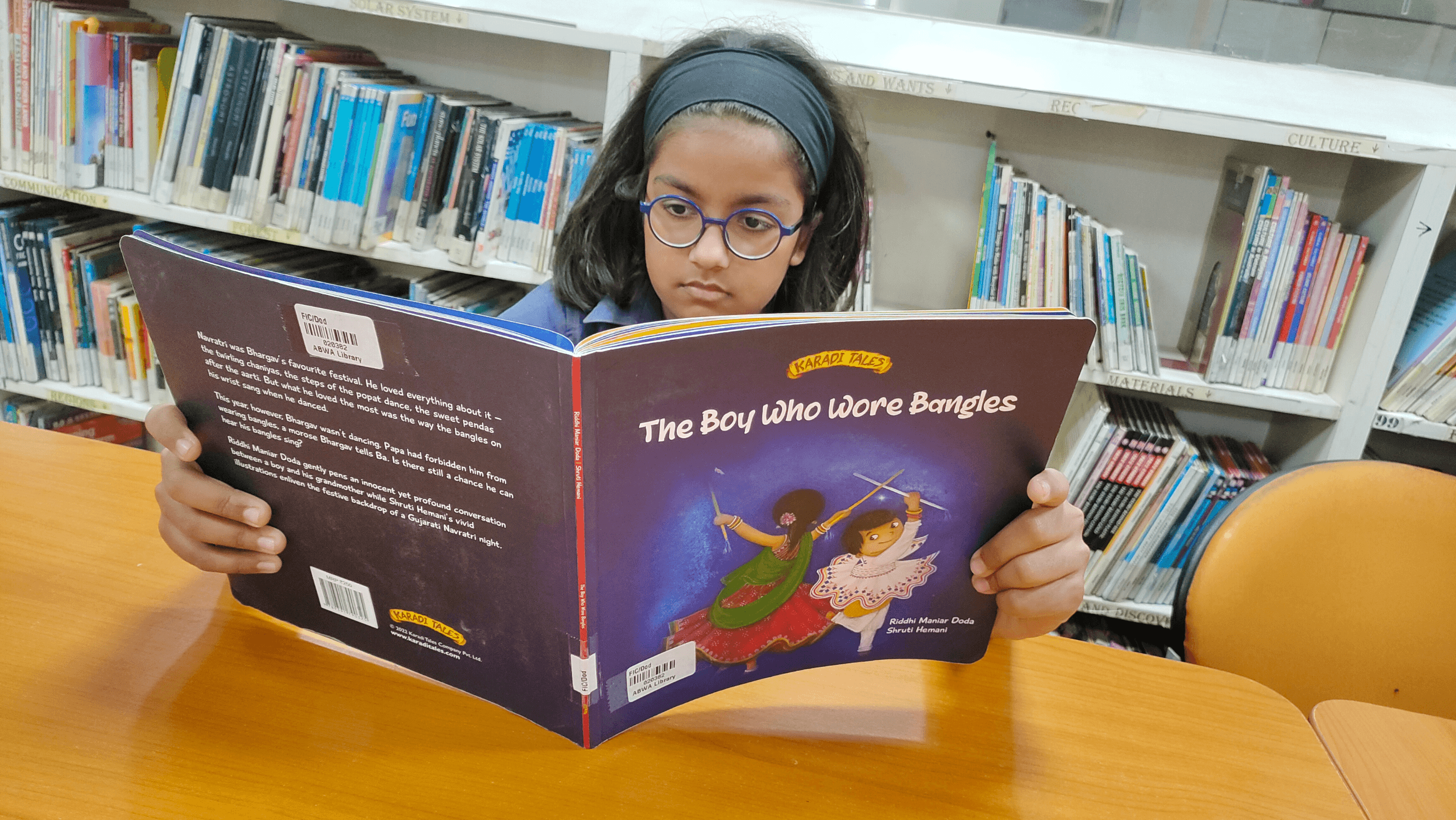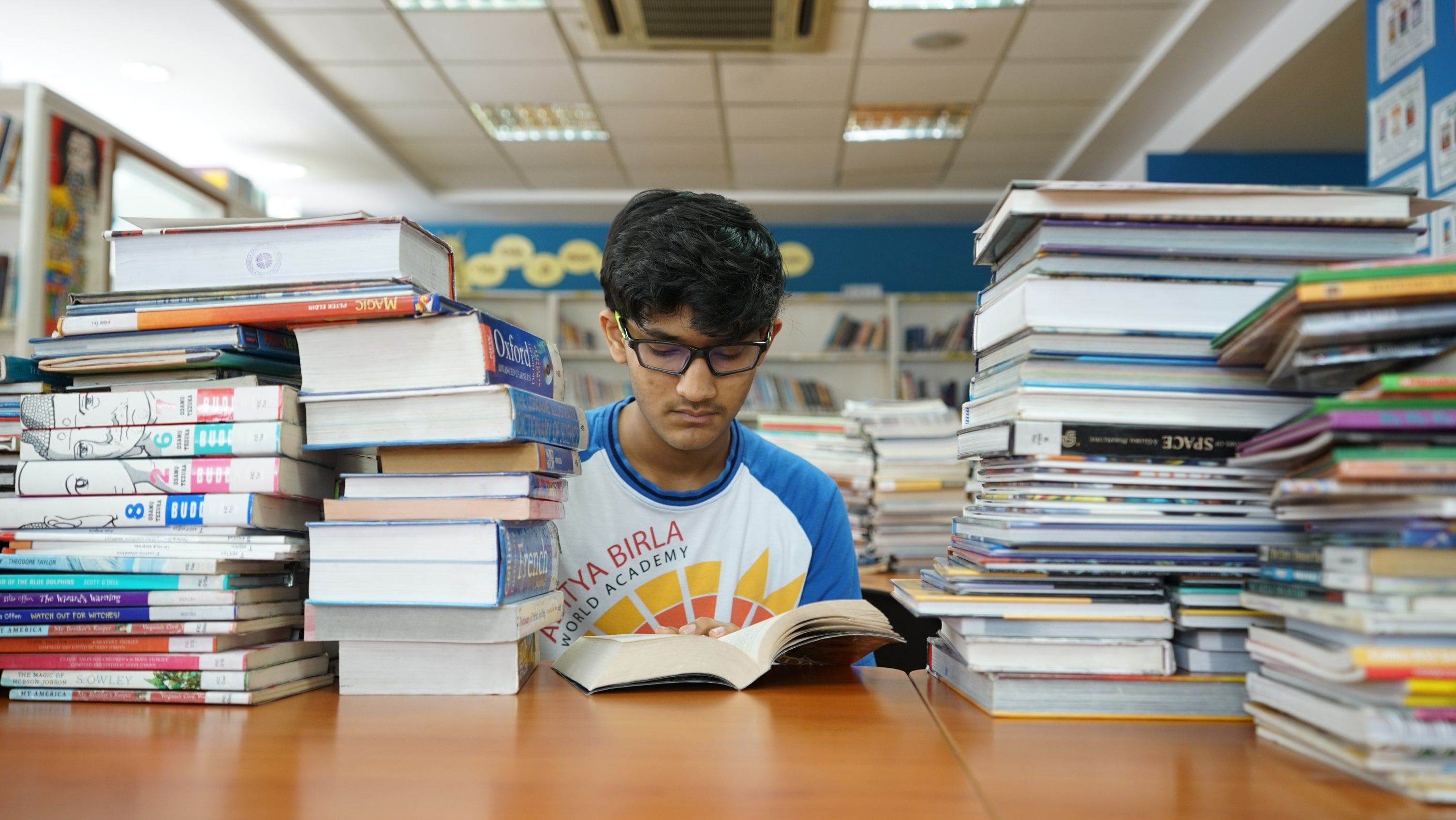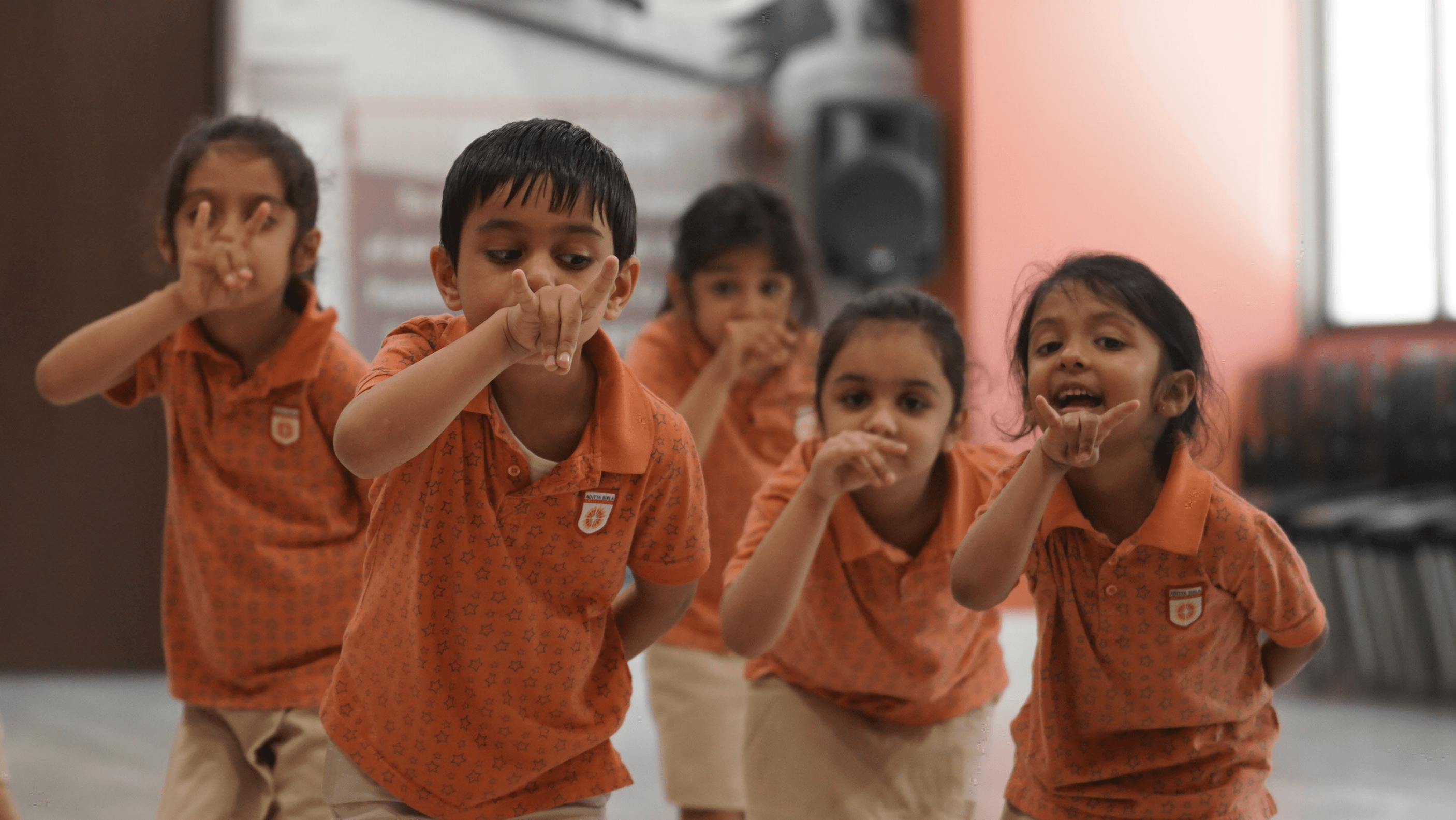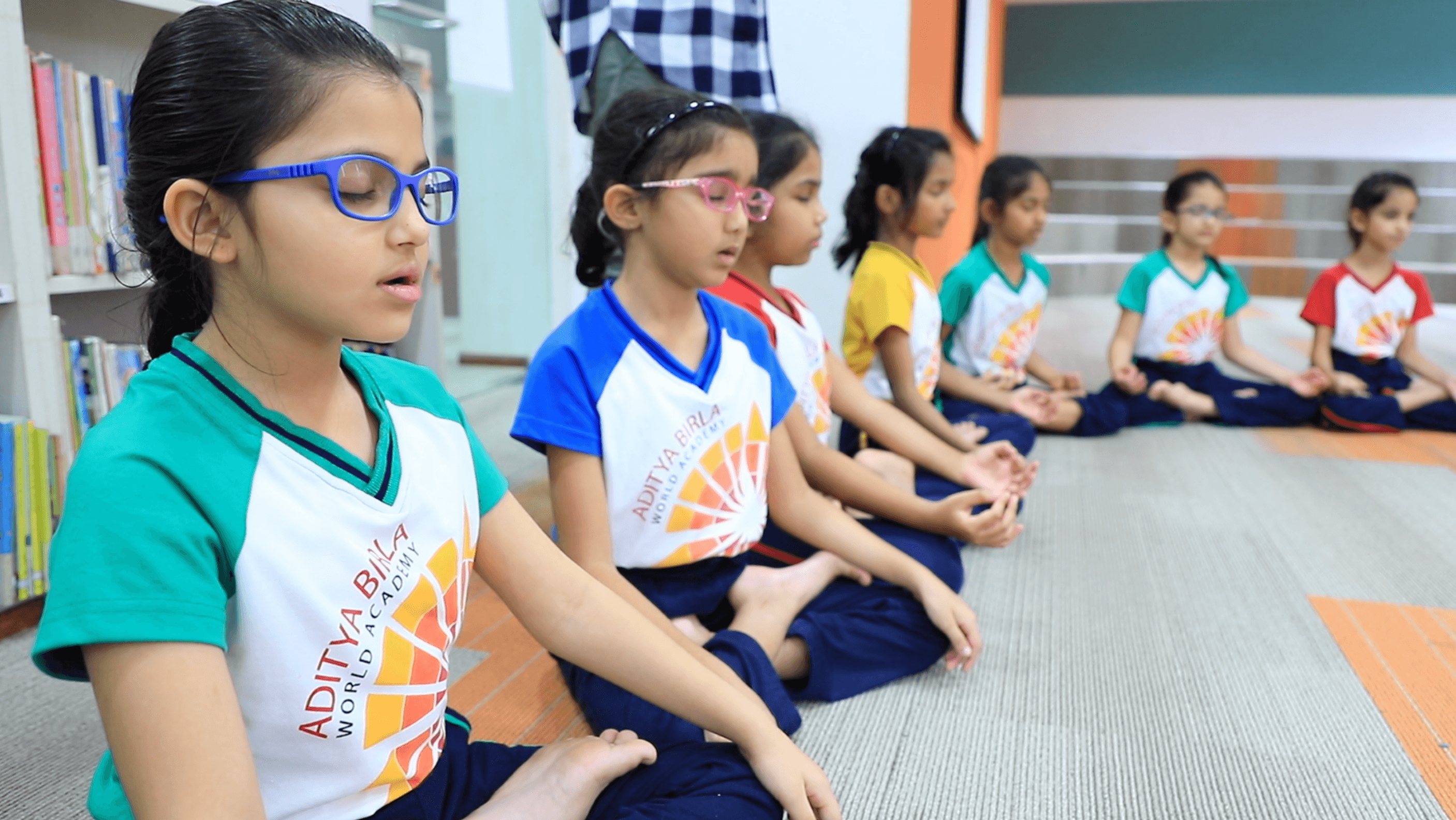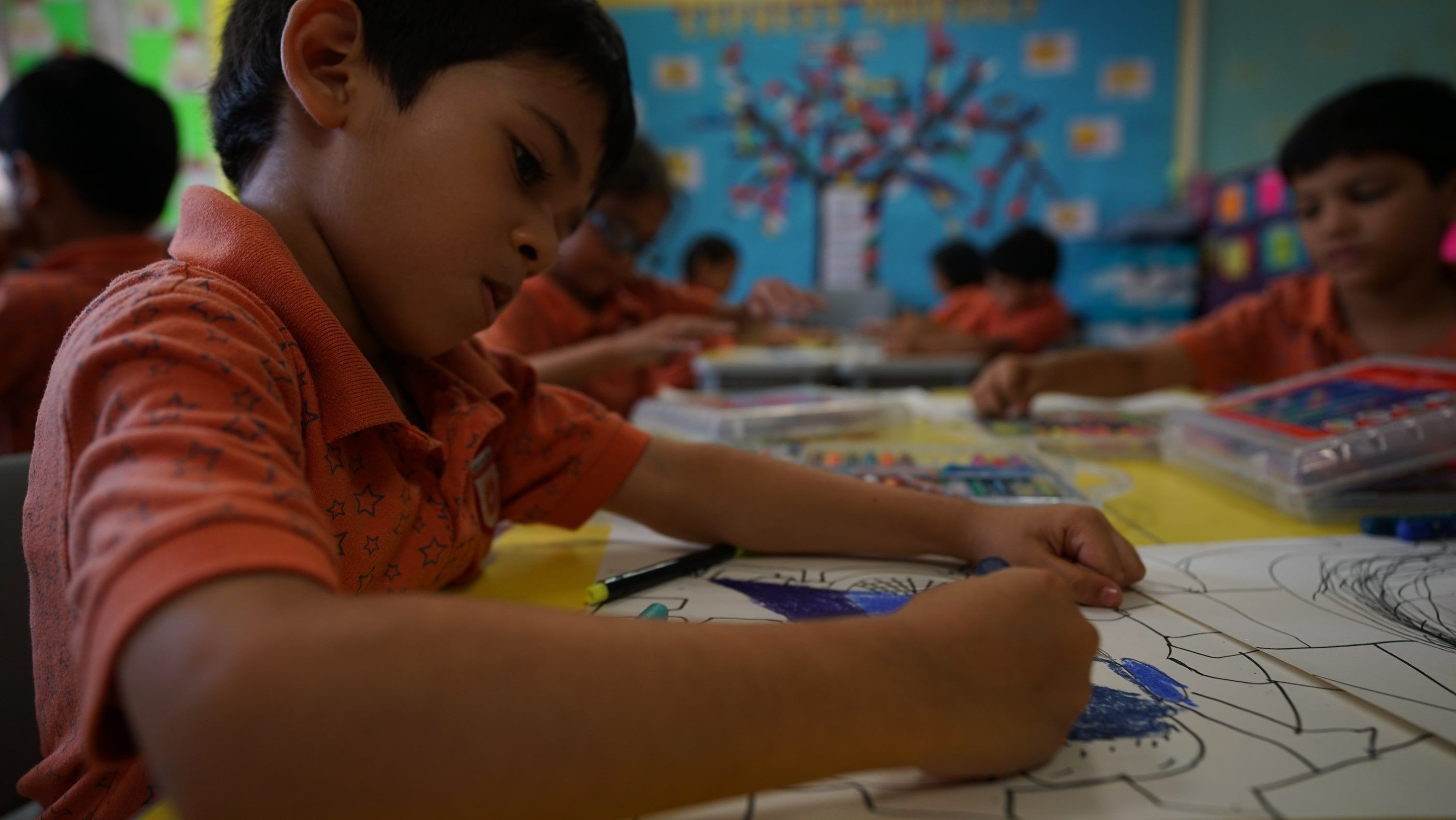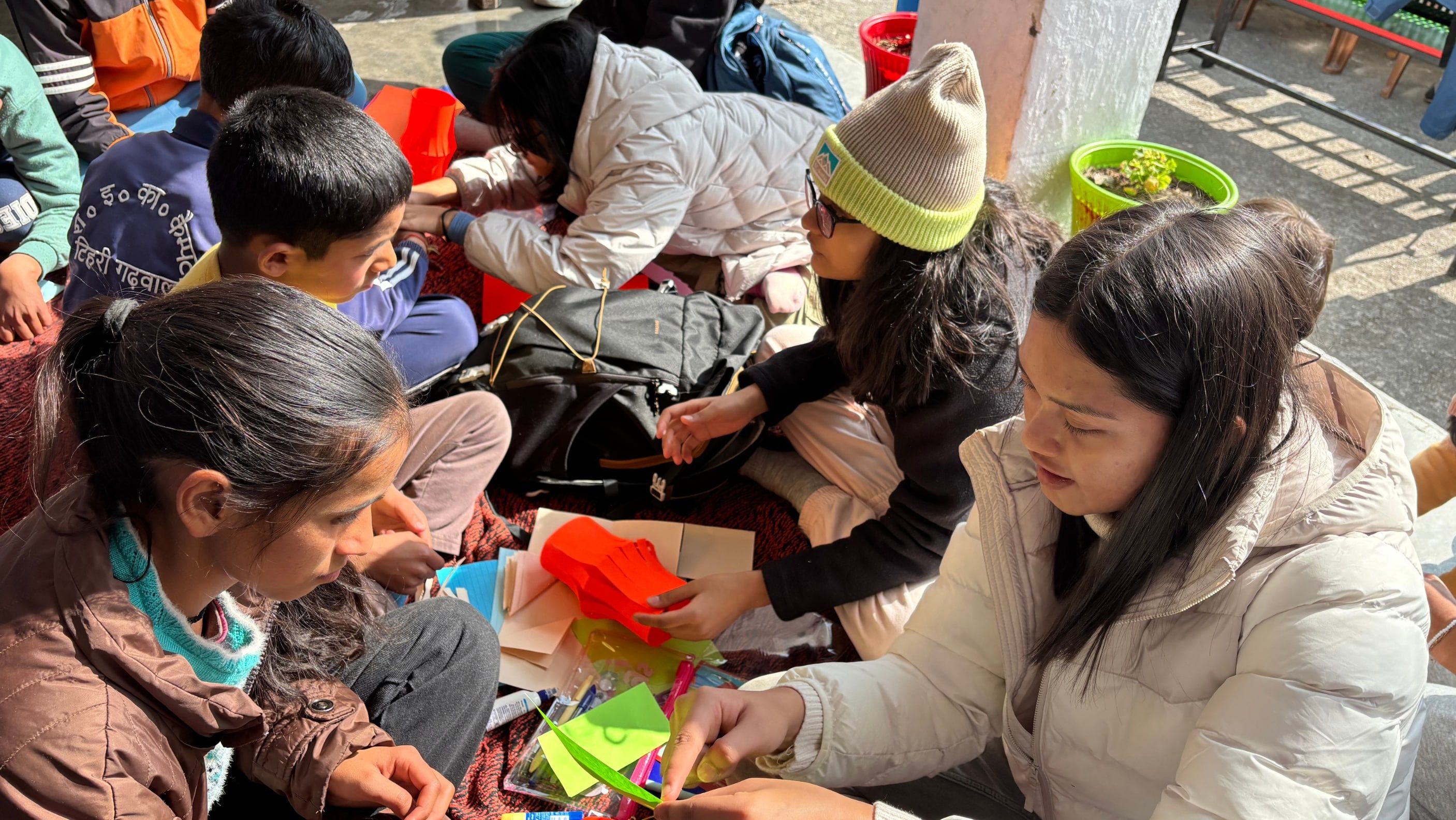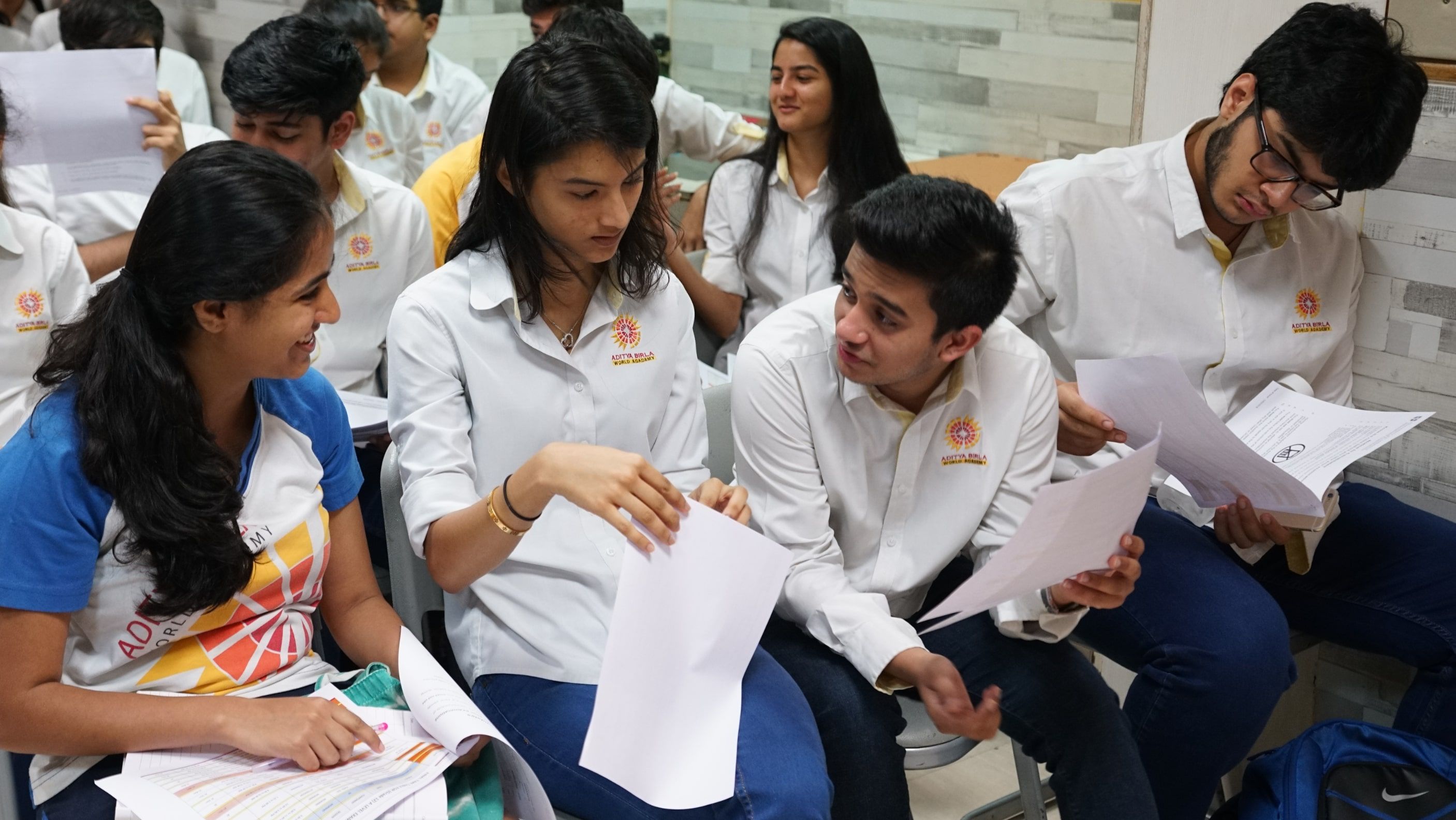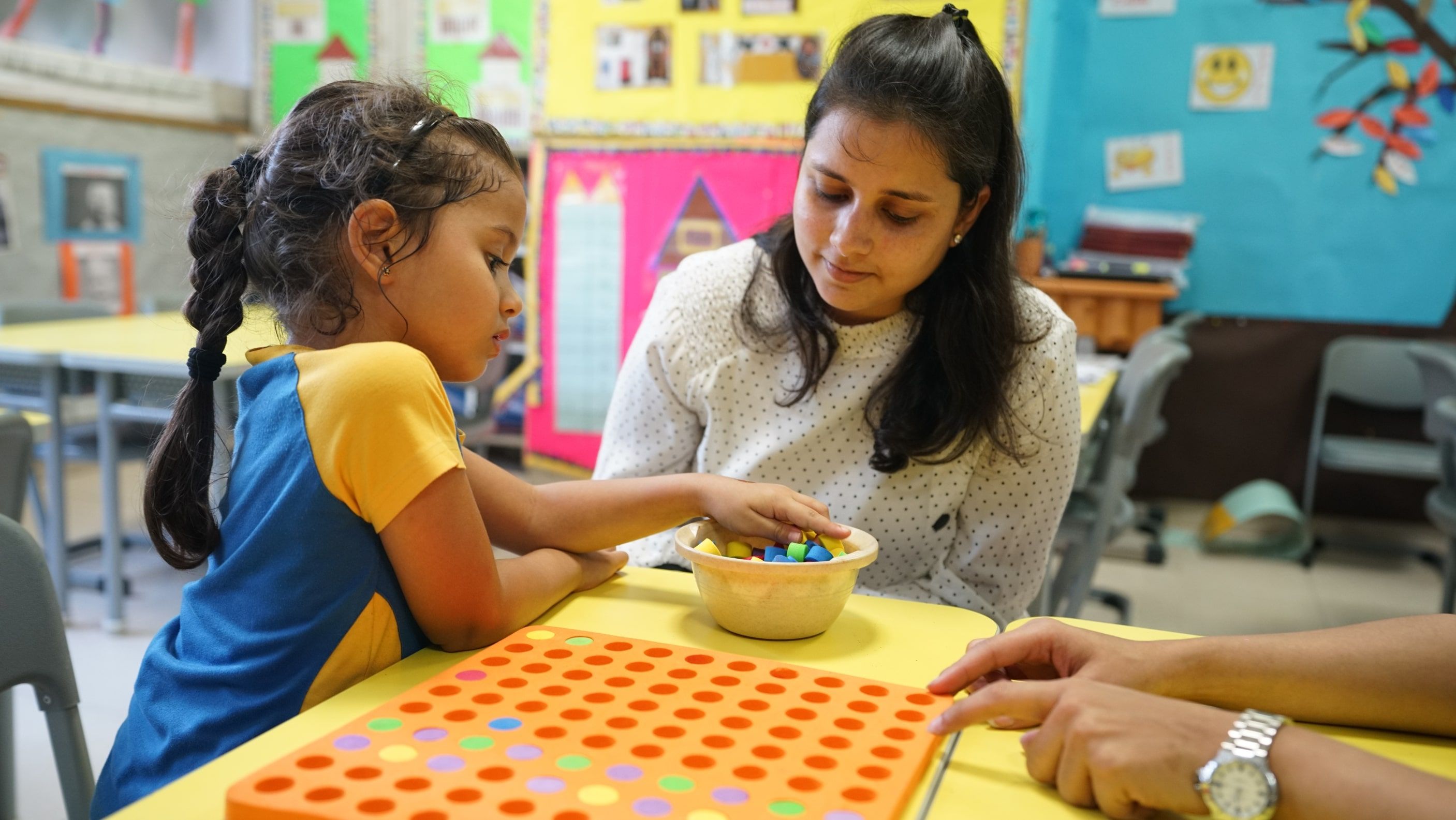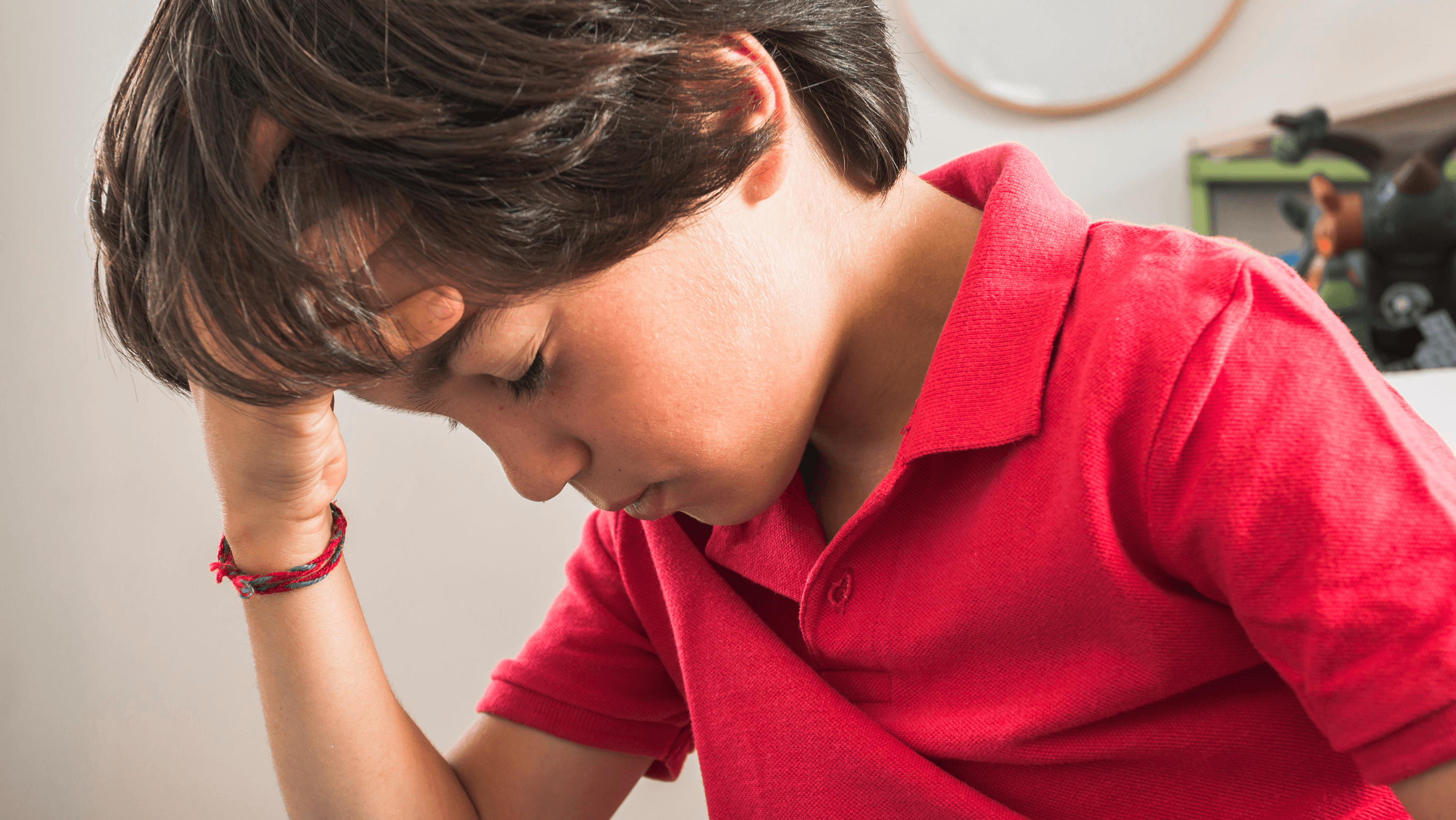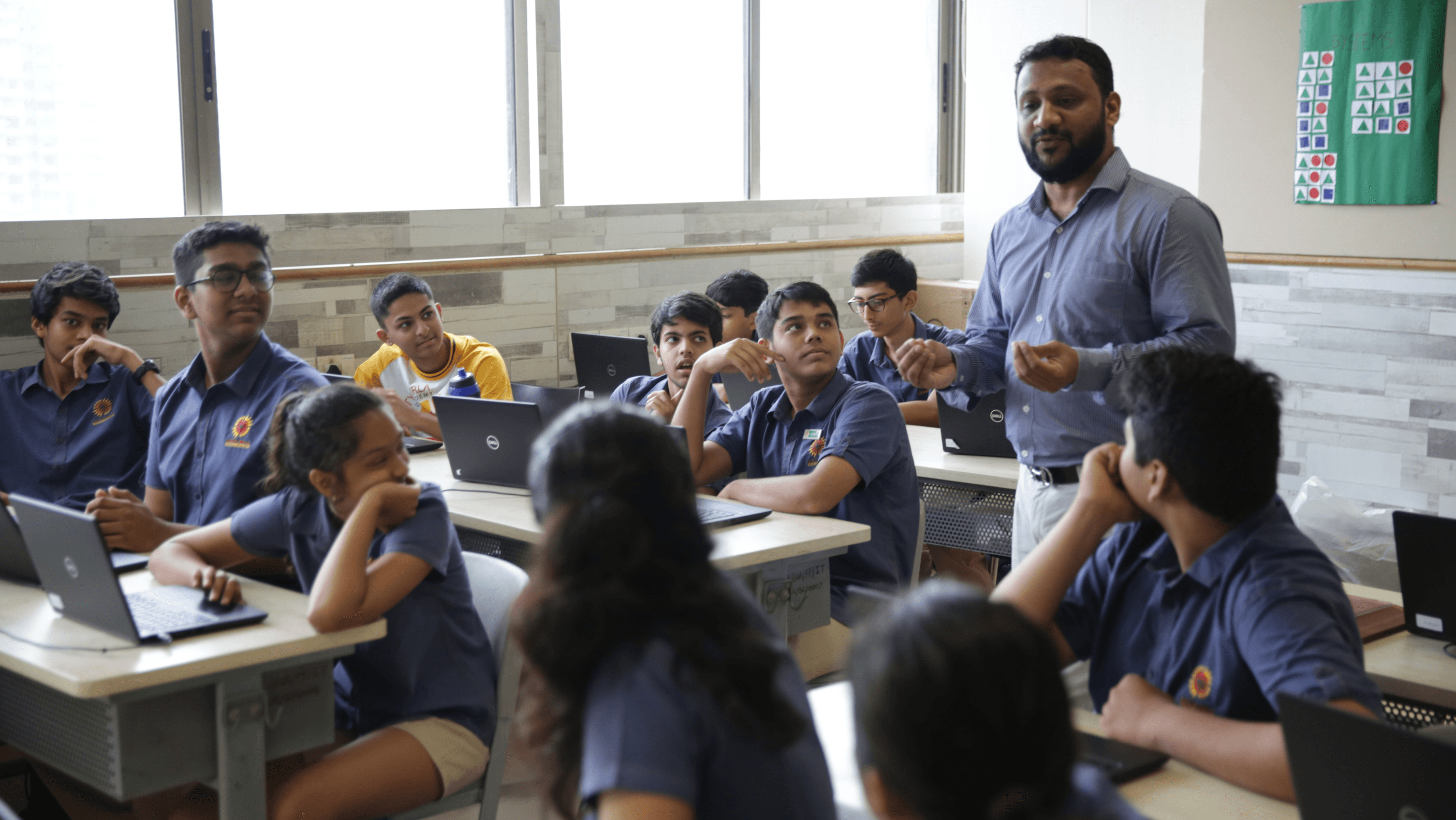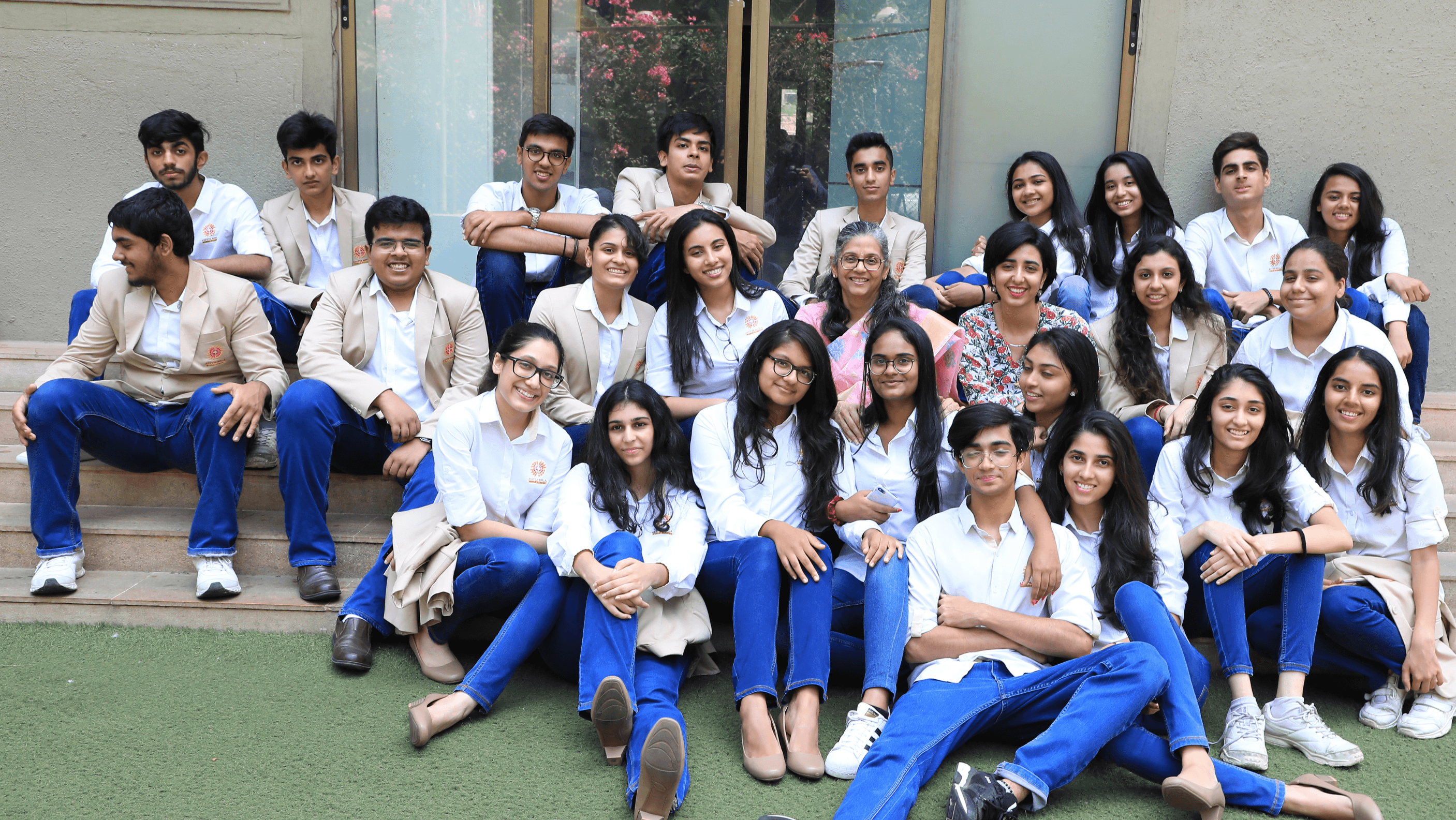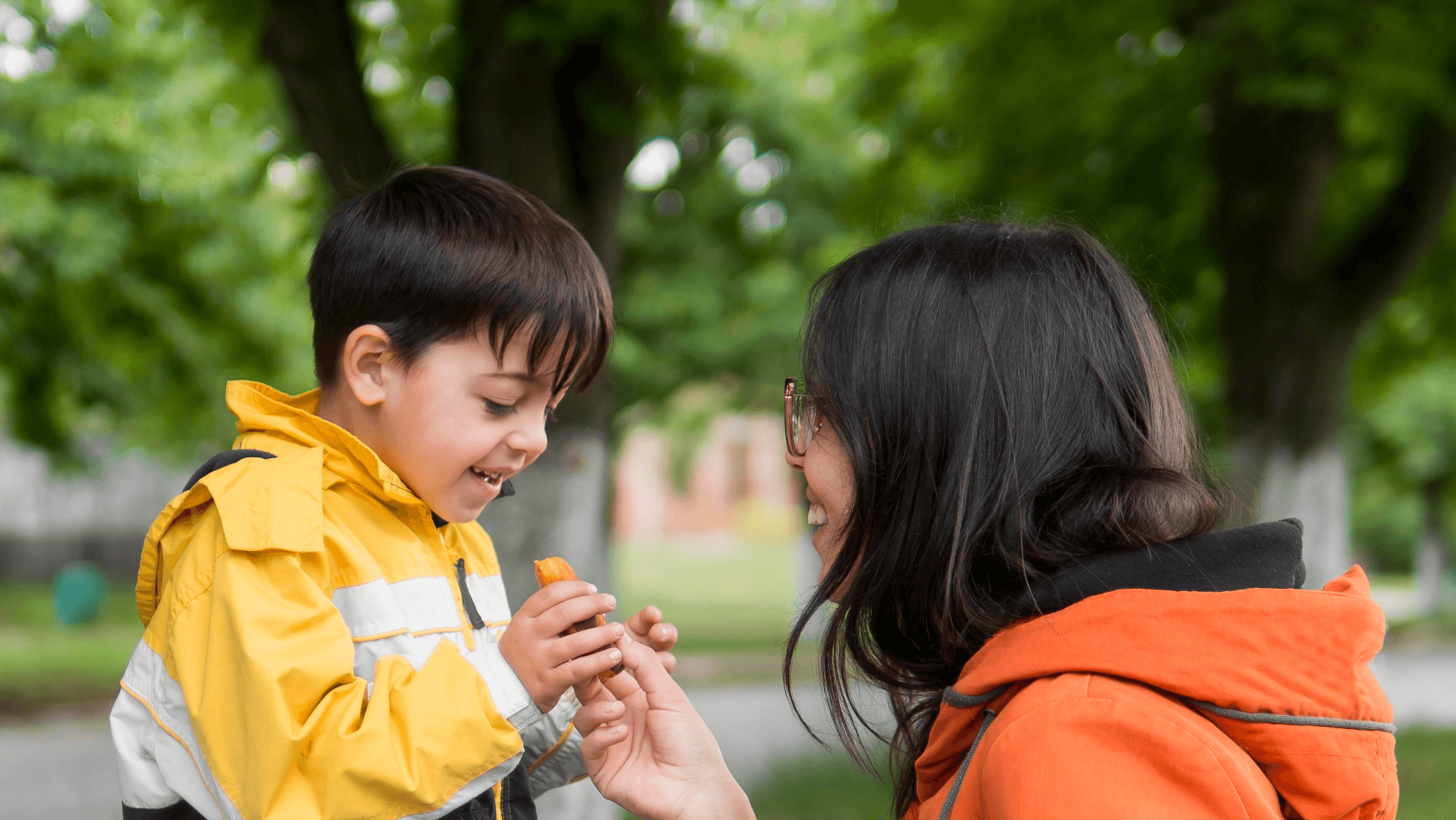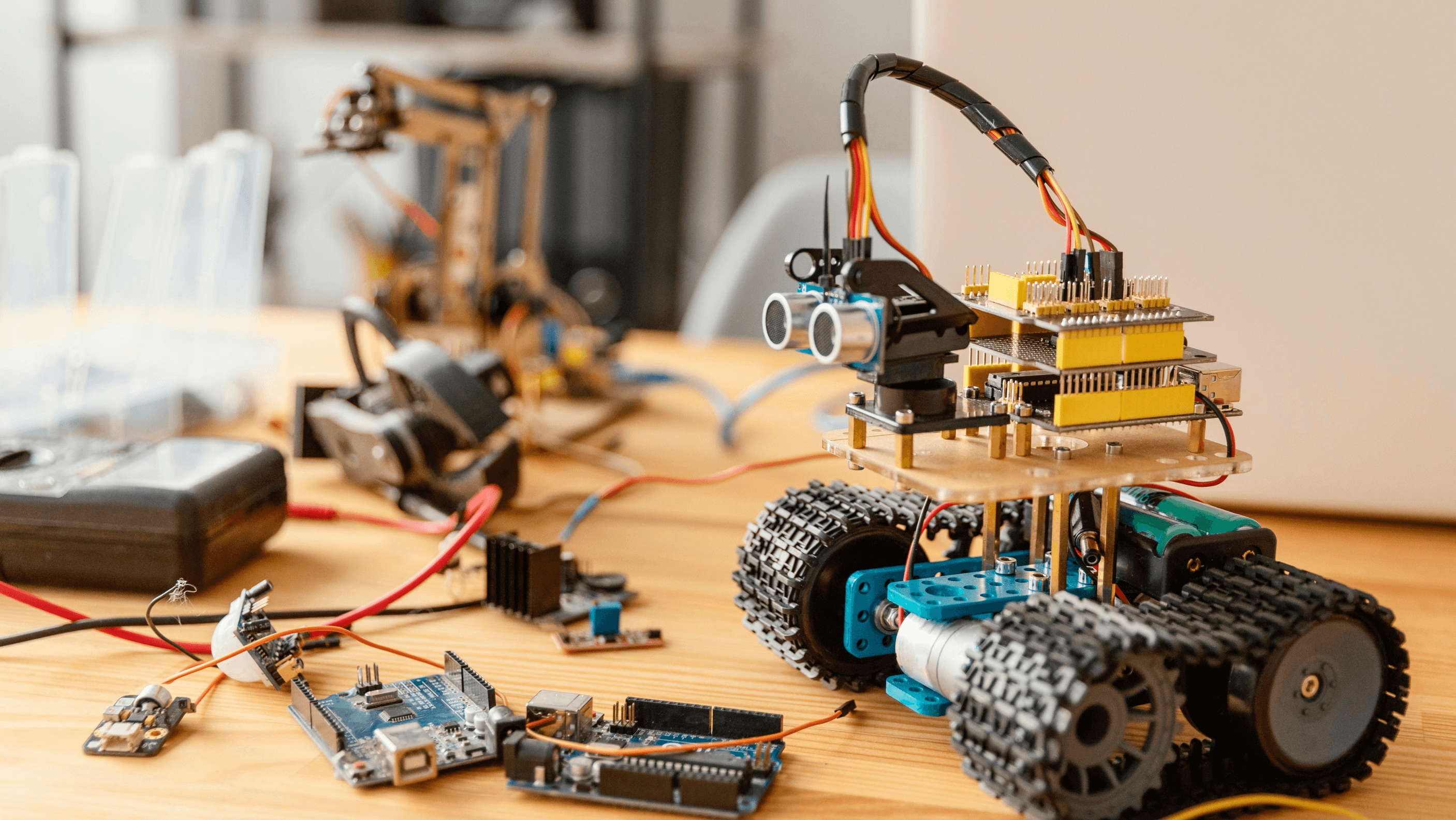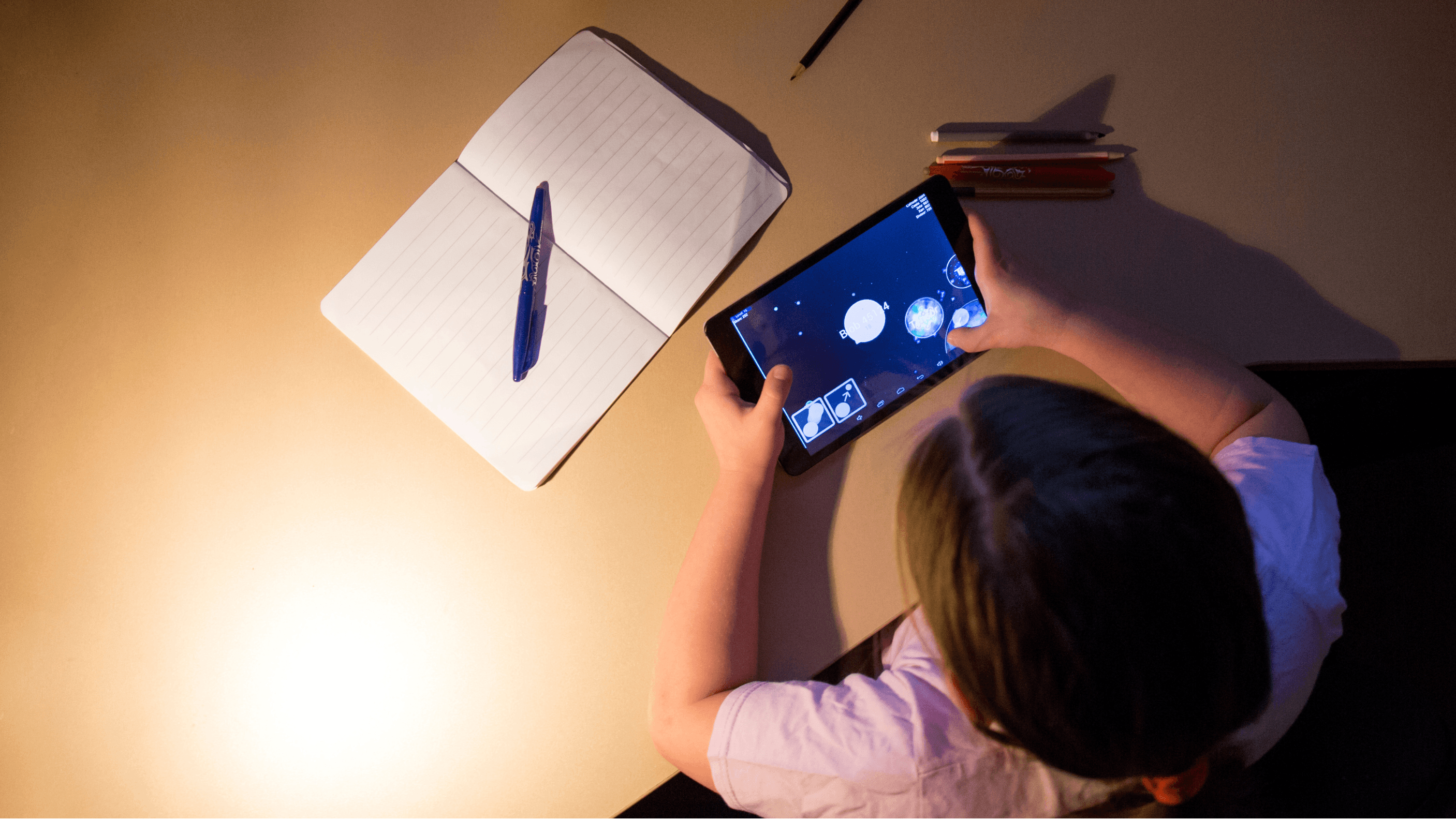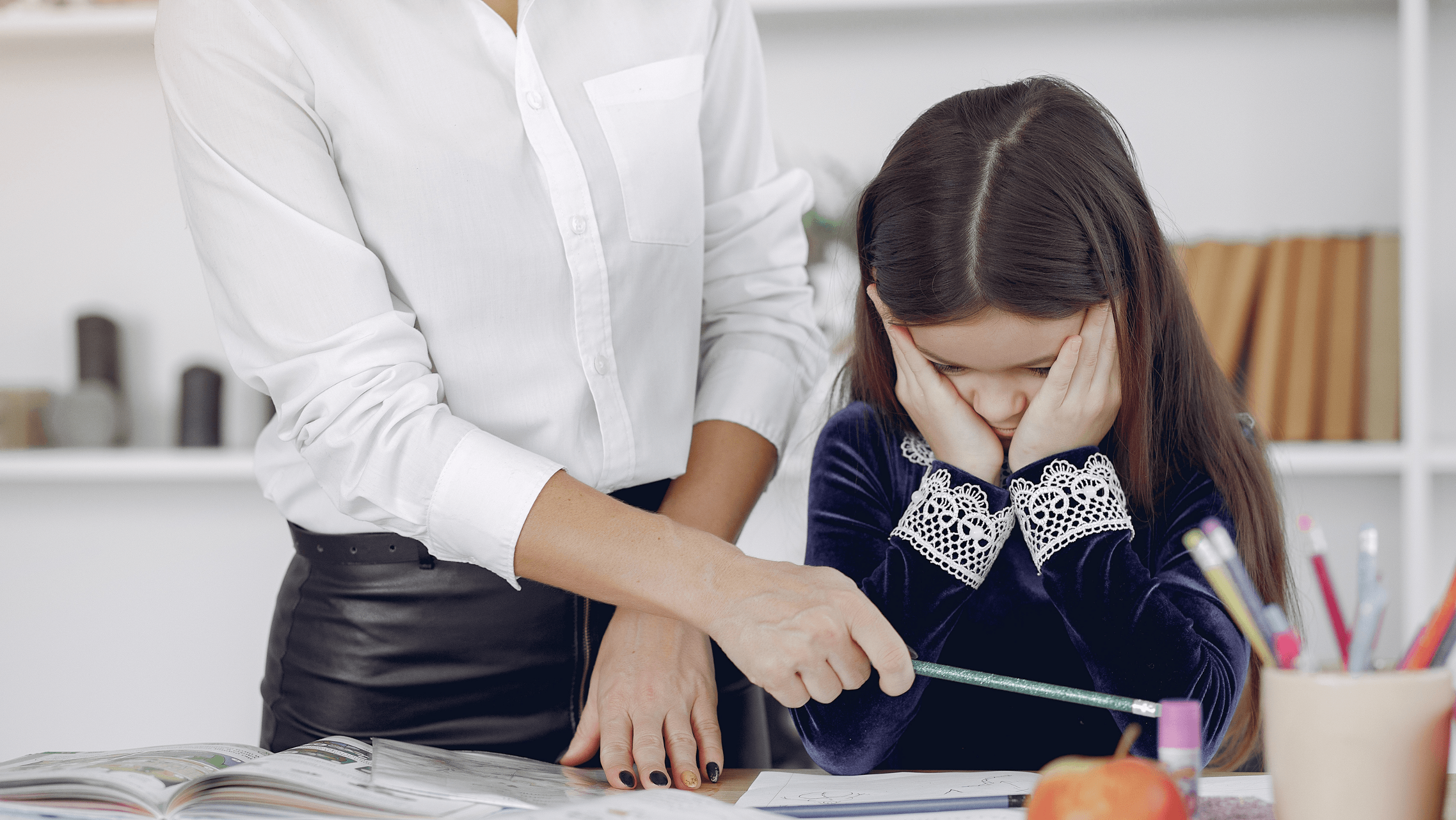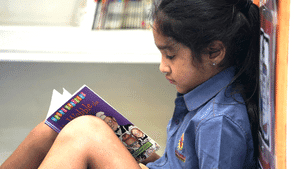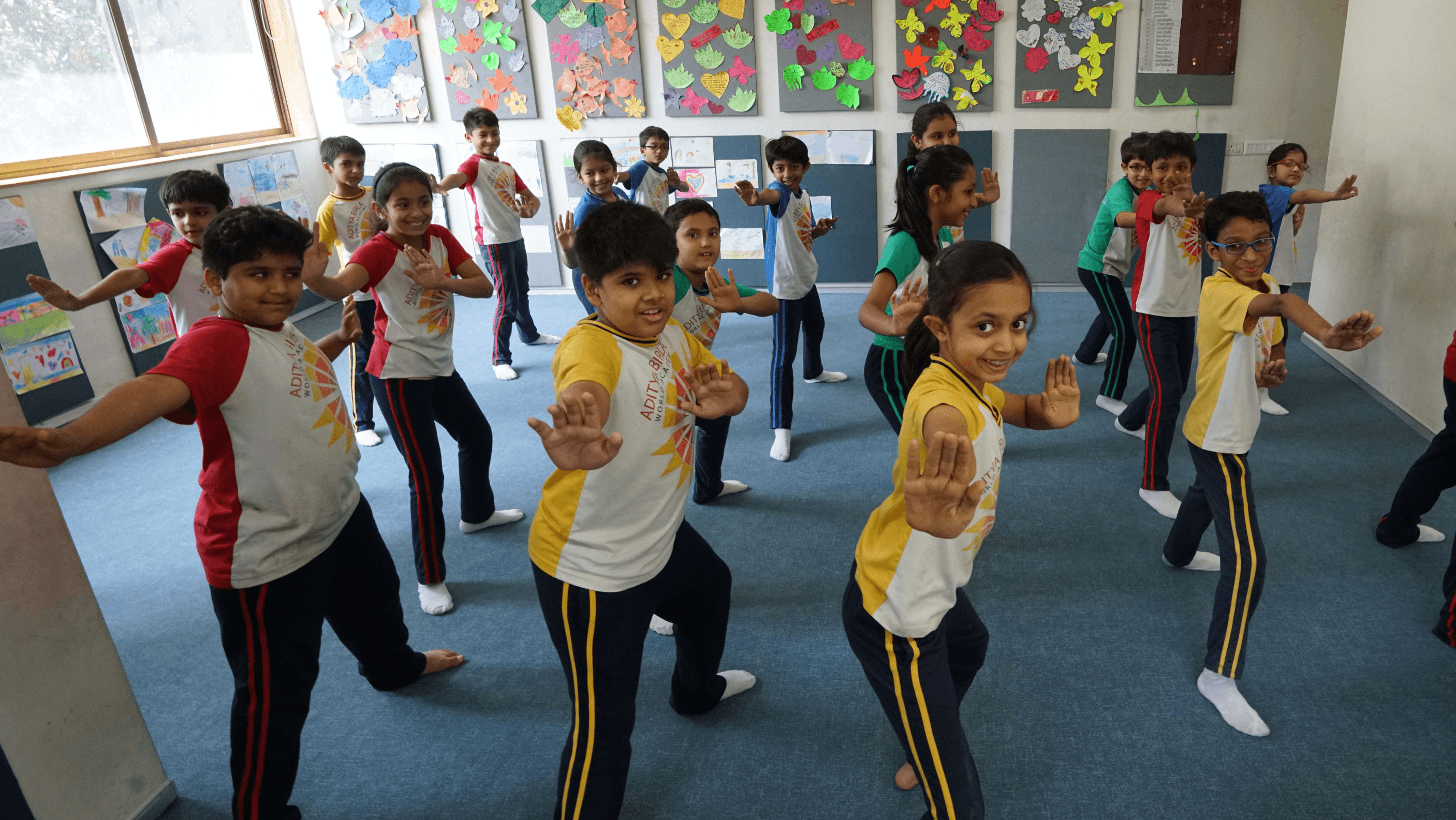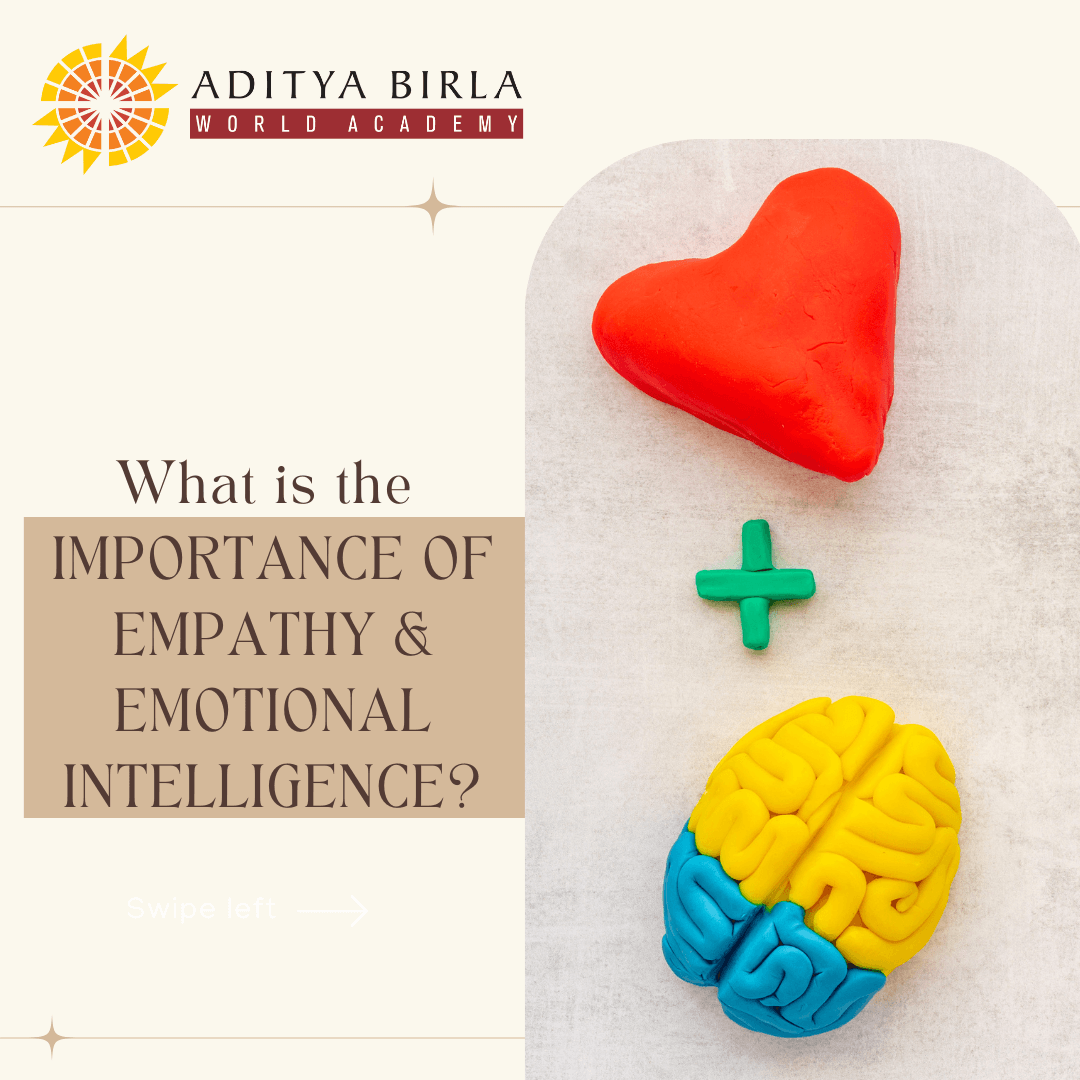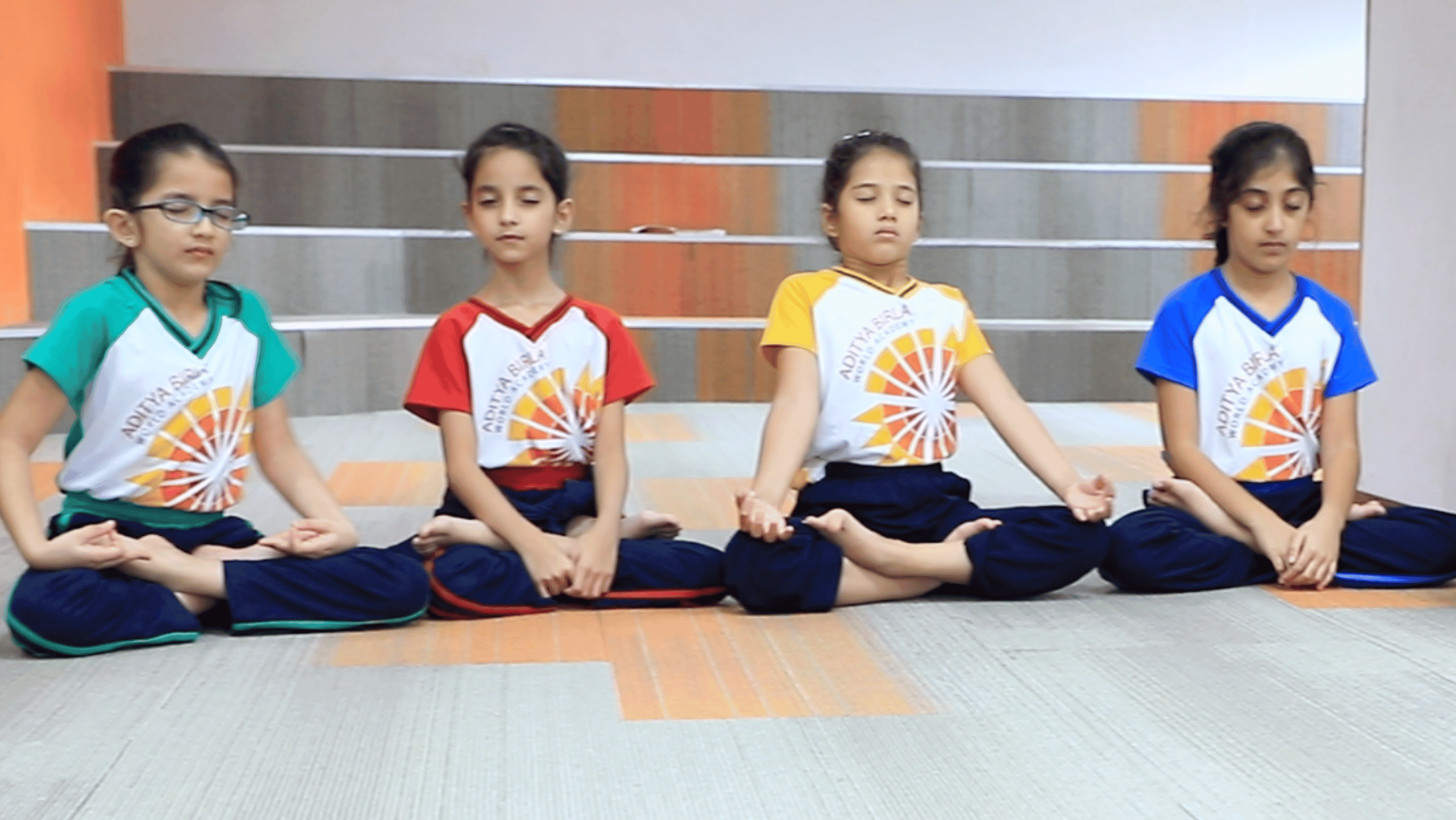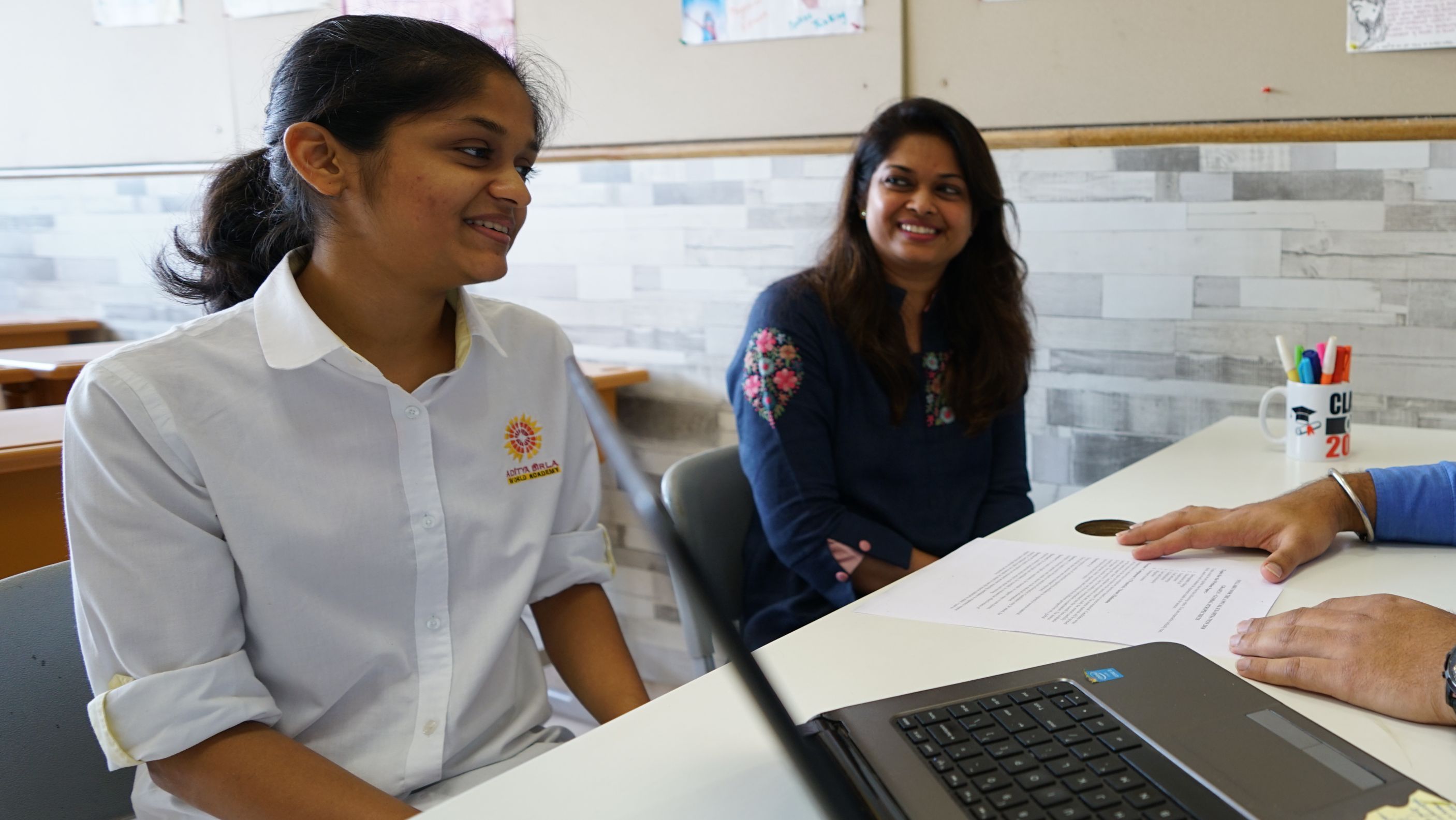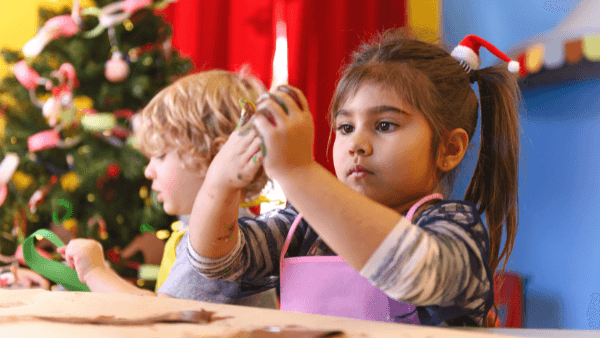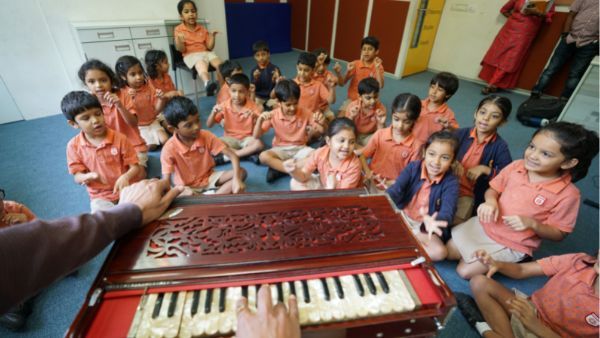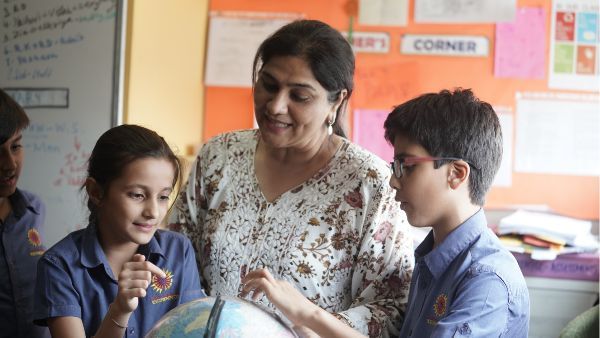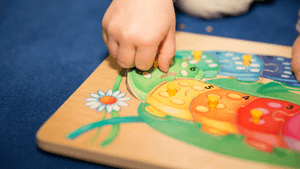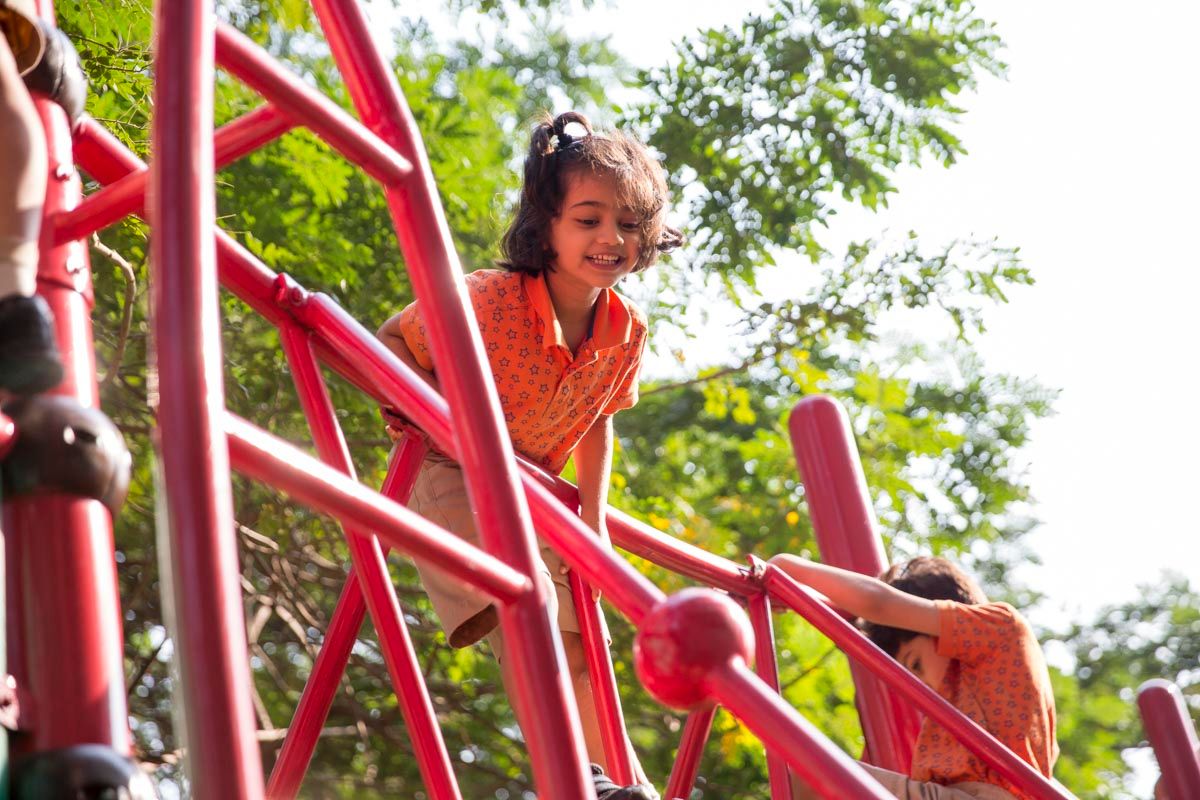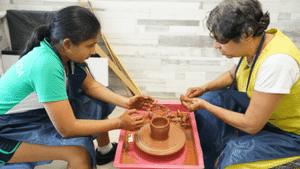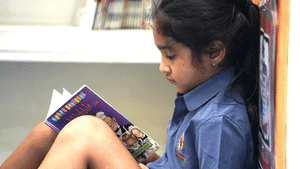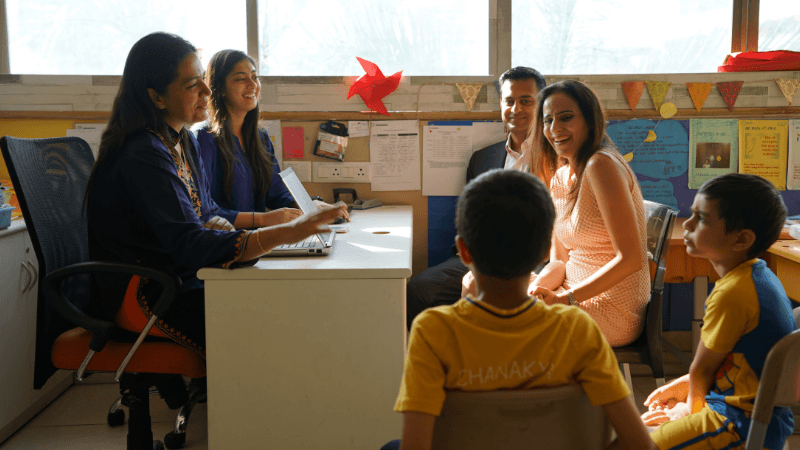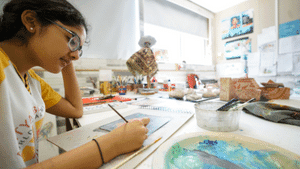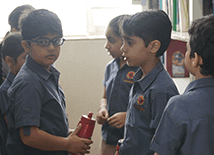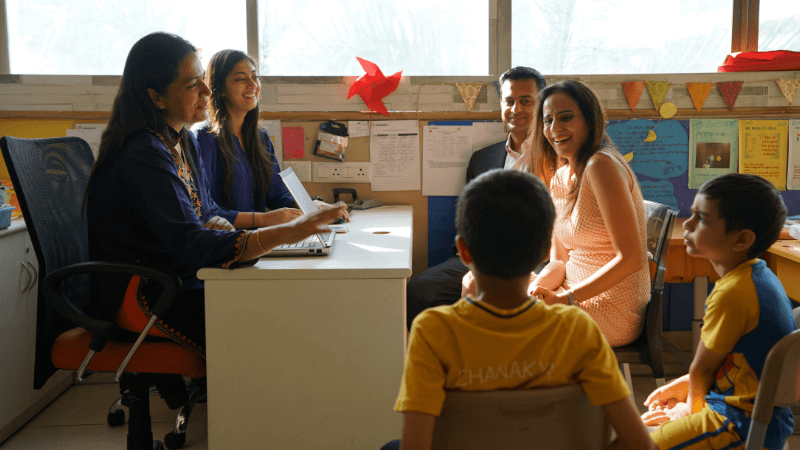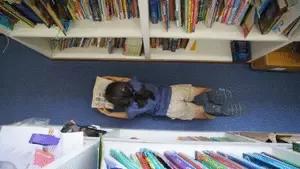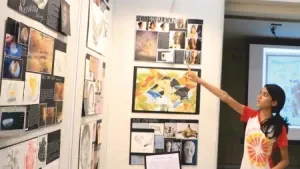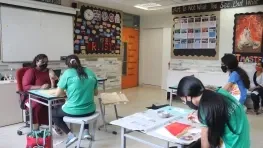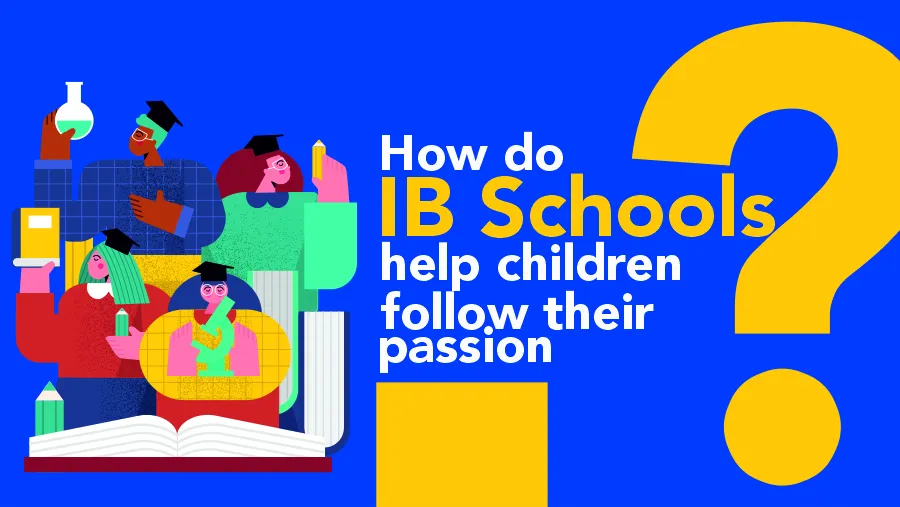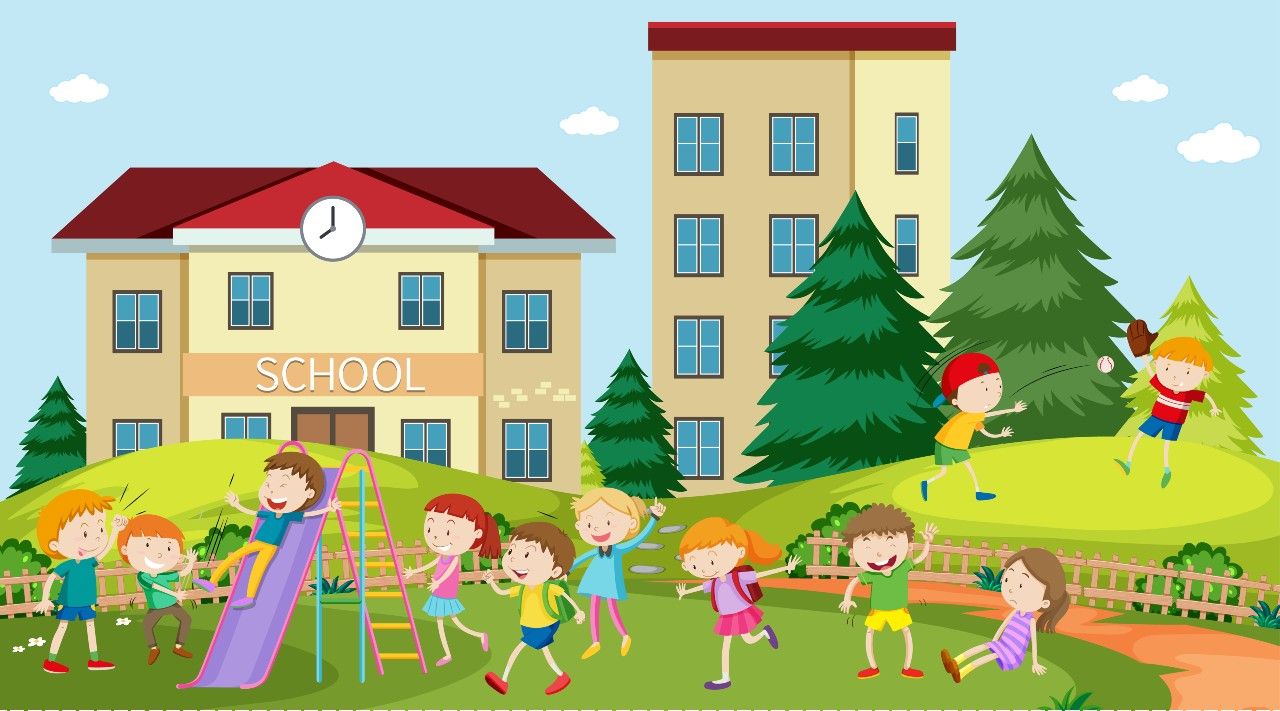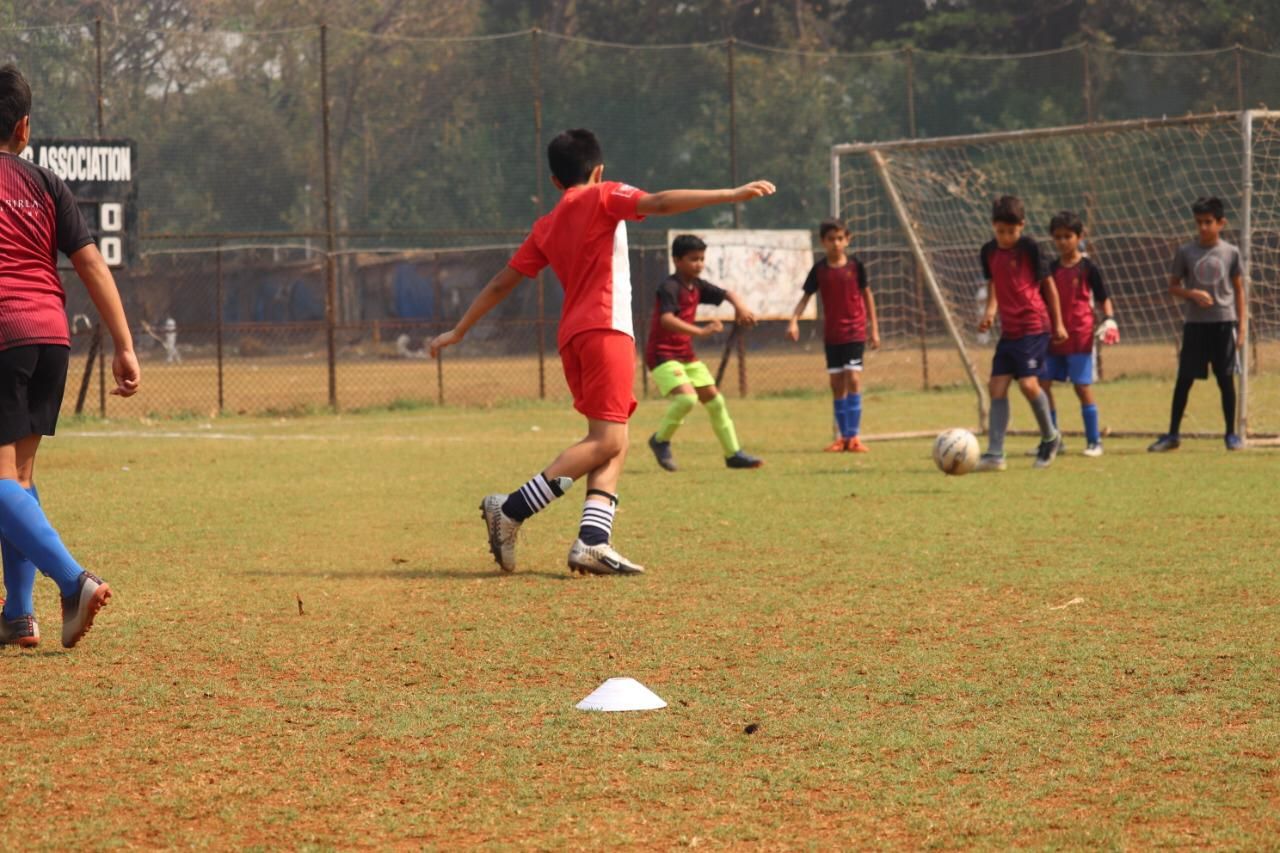Art is not just about drawing or painting; it is a way of thinking and a mode of expression. It helps children in developing problem-solving skills, improves their critical thinking abilities, and improves their emotional intelligence. At our international school in Mumbai, we believe in the power of art to shape young minds and enhance their understanding of the world around them. But nurturing creativity goes beyond just the school environment. Parental involvement plays a key role in supporting art and creation at home. This helps a kid to nurture their creativity as well.
In recent years, it has gained a tremendous amount of popularity. These opportunities are now considered an essential part of higher education and professional development. The work experience gained from an internship opportunity is valuable for young individuals. It helps them get an idea of what kind of challenges they will be facing in the real world.
Here are a few reasons to help you understand why art is important for a child’s overall growth:
1. It helps in cognitive development
When children are encouraged to practice art and creation, different areas of their brains get stimulated. Drawing, painting, and art activities help them to improve their fine motor skills and hand-eye coordination. It also encourages students to think outside the box and explore new ideas.
2. Improving emotional intelligence
Art offers students an opportunity to express their emotions in a safe and creative way. This can be helpful in managing stress, anxiety, and other emotional challenges. Art helps children develop empathy by understanding the emotions behind different artworks and learning to express their own feelings.
3. Expressing their mind
Art allows children to express themselves in ways words sometimes cannot. Whether it is through painting, sculpting, or photography, creative projects allow students to communicate their thoughts, ideas, and experiences. This form of self-expression can boost their self-confidence.
Let's understand the importance of parental involvement in art appreciation and creation:
If both parents and school support a child in their art and creativity journey, the results are significant and evident. Parents play a critical role in supporting their children’s creative development. While schools can offer guidance and opportunities for artistic growth, parents can provide a nurturing environment at home that encourages creativity.
1. Creating an art-Friendly environment at home
Having a dedicated space for art activities at home can inspire creativity in children. Whether it is a small table with drawing materials or a wall where they can display their art, having a place to create encourages children to explore their artistic talents. Parents can create a welcoming environment for children to freely express their creativity.
2. Encouraging exploration and experimentation
Art is about exploration and experimentation. You as parents should encourage your children to try different art forms. Instead of focusing only on finished projects, parents can emphasize the process of creating and learning. This will help students develop a growth mindset and feel free to make mistakes and learn from them.
3. Attending art exhibitions and museums
Taking children to art galleries and museums is a wonderful way for them to experience art in a real-world setting. Parents can explain the history, themes, and techniques behind the artwork, helping children develop a deeper understanding and appreciation for art. Visiting art exhibitions is a great opportunity for both parents and children to learn together and bond over shared experiences.
4. Talking about art at home
Conversations about art can inspire children to think more deeply about the artwork they create. Parents can ask questions about the child's artistic process or the meaning behind their artwork. For example, asking “What inspired you to use these colors?” or “How does this artwork make you feel?” encourages critical thinking and reflection.
How schools support art appreciation and creation
At our international school in Mumbai, we understand the importance of fostering a love for art. Here’s how we create an environment that nurtures creativity and artistic expression
1. Art classes and workshops
We offer a wide variety of art classes and workshops where students can explore different forms of art, from painting and sculpture to digital art and photography. These classes allow students to experiment with different techniques and develop their own artistic style. By offering both structured and free-form activities, we give students the flexibility to grow as artists.
2. Creating opportunities for exhibitions
We believe in showcasing students' art through exhibitions and performances. This allows students to feel proud of their work and boosts their confidence. It also gives parents an opportunity to engage with their child's creativity and see the progress they have made. Exhibitions help students gain valuable feedback from fellow participants and teachers, helping them improve and grow as artists
3. Encouraging collaboration
Art is not always a solitary activity. At our school, we encourage students to work together on group art projects. Collaborative art helps students to develop teamwork skills, learn to respect each other’s ideas, and create something meaningful together. It also promotes the idea that art is a shared experience, which can lead to lifelong friendships.
The benefits of combining parental involvement and school support
1. Building a stronger support system
When both parents and schools actively encourage and support creativity, students feel more confident in pursuing their artistic interests. This creates a stronger support system where students feel motivated and understood.
2. Developing a lifelong appreciation for art
When children grow up in an environment where art is valued both at home and at school, they are more likely to carry this appreciation into adulthood. This can lead to a lifelong love of art and an understanding of its importance in daily life
3. Improving problem-solving and critical thinking skills
Both art and the process of creating art teach kids problem-solving skills. Students often face challenges in their creative work that require them to think critically and find solutions. When parents and schools work together, they provide different perspectives and ideas, which can help students overcome these challenges.
4. Promoting all-rounded development
Creativity is just one part of a child’s development. By integrating art with other academic subjects and encouraging parental involvement, students become all-rounded individuals who excel both in the arts and in other areas of education.
Conclusion
At the best international school in Mumbai, we believe that art is not just a subject but an essential part of a child's overall development. By combining the support of schools and parents, we can nurture creativity and help students appreciate the world of art in a meaningful way. Together, we can ensure that our children grow up to be not only creative individuals but also compassionate, thoughtful, and well-rounded members of society.





